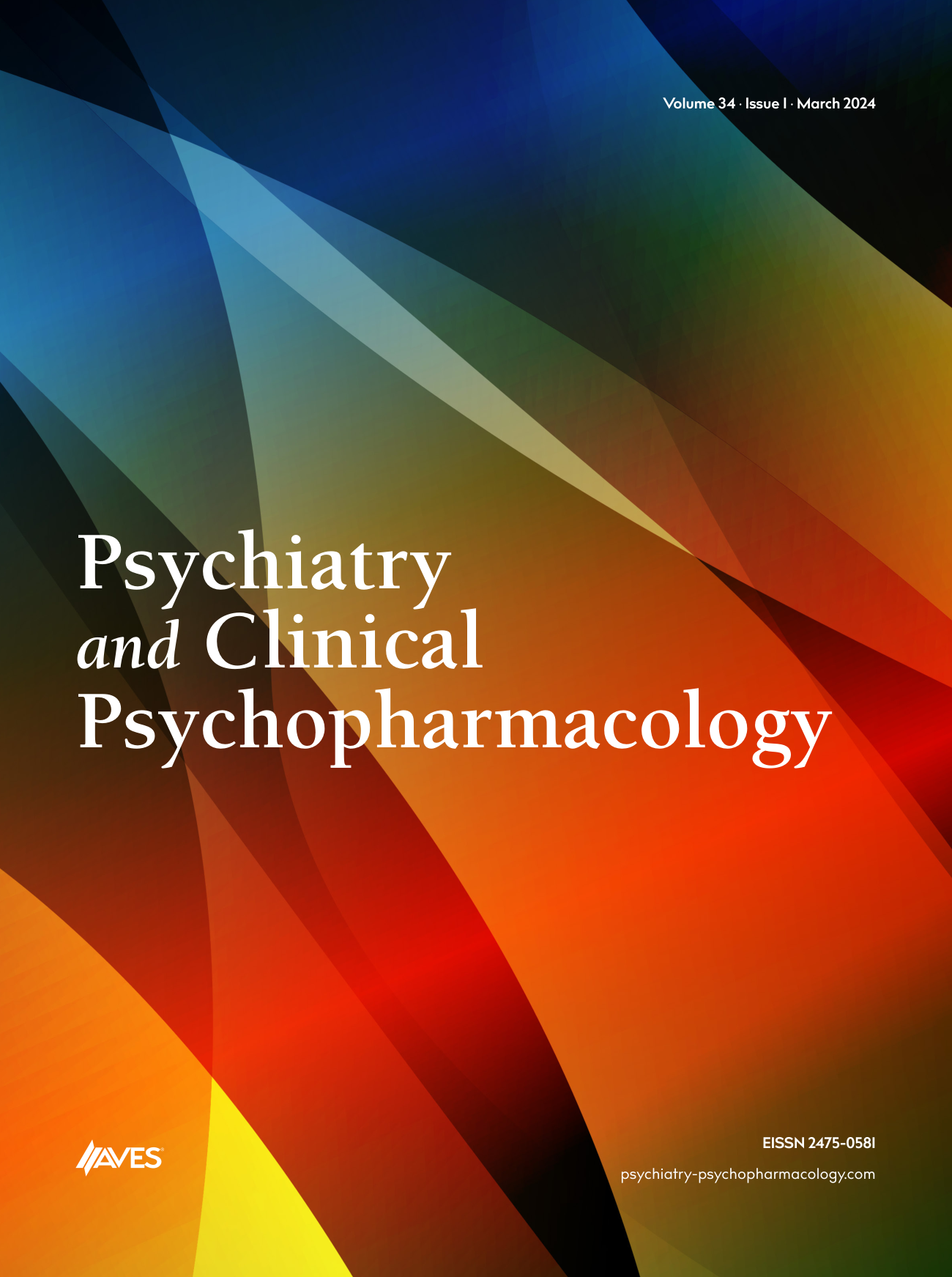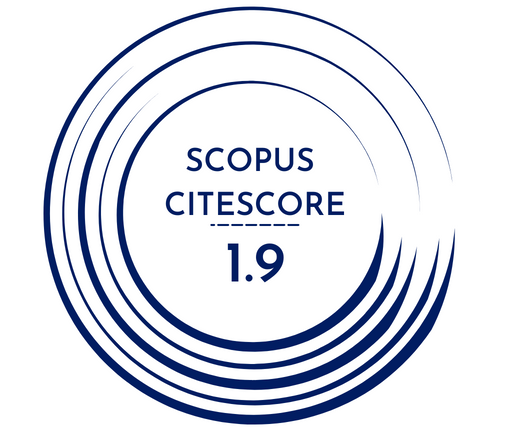Objective: Impulsivity is an important neurobiological process that contributes to individual differences in substance use disorder vulnerability. Uric acid has been mentioned to be telated to some psychiatric disorders characterized by impulsivity. No other study has yet examined the relationship between UA plasma concentration and impulsivity in patients with substance use disorders.
Methods: Eighty patients diagnosed with substance use disorders and eighty healthy controls were included. A protein-rich diet was given to all subjects for one week. Blood samples were obtained and plasma uric acid levels were recorded as in mg/dl after being centrifuged for 15 min at 3000 X g and kept at -80°C. Impulsivity was evaluated using the Turkish version of Barrat Impulsivity Scale (BIS).
Results: The mean uric acid concentrations (t/χ2 =3.3; p<0.05) were significantly higher in the patients with substance use disorders compared to the healthy control group. Additionally, total BIS scores (t/χ2 =2.4; p<0.05), Attentional Impulsiveness scores (t/χ2 =2.1; p<0.05), and Motor Impulsiveness scores (t/χ2 =2.6; p<0.05) were statistically significantly higher in the patients with substance use disorder. There was a negative mild, statistically significant correlation between UA plasma levels in the patients with substance use disorder and total BIS scores (r=-0.278; p<0.05), and Motor Impulsiveness subscales scores (r=-0.302; p<0.01). Multiple linear regression analysis revealed that plasma UA levels were found to be statistically significantly associated with the Motor Impulsiveness scores in the patients with substance use disorder (p=0.007).
Conclusions: This preliminary study is the first study that explores how uric acid levels were associated with impulsivity in patients with substance use disorder. Further studies with larger sample size are needed to tease out confounding factors and replicate our findings.



